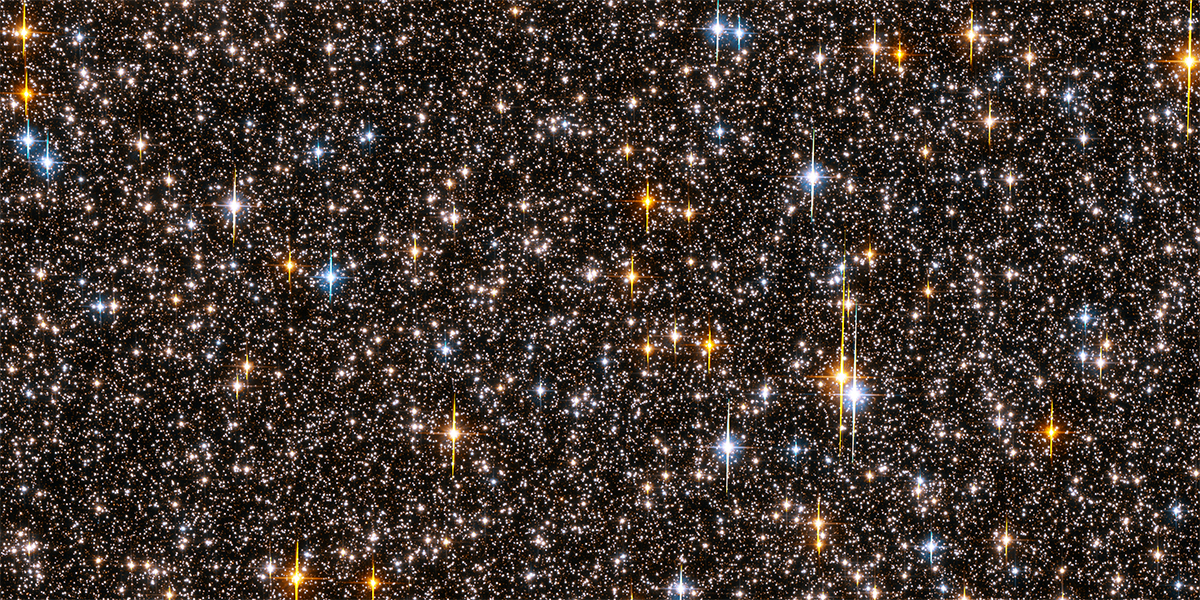
- This event has passed.
Family Astronomy Night, Wednesday, March 3, 2021 at 7 PM EST – VIRTUAL EVENT
March 3, 2021 @ 7:00 pm - 8:30 pm EST
FREE
Please check back soon for a recording of this presentation!
The Life and Death of Normal Stars
Are you aware that the great majority of stars are smaller than our sun? That stars can live for millions of years before they die? Or billions of years? Or even trillions of years? It seems almost unbelievable! What factors influence star lifetimes? Do stars change as they age, before they die? And what does it actually mean for a star to “die”? What happens then? Do different stars die in different ways? And how do we know any of this? Meaning, how much is theory and how much can we actually observe? Also, do you know what the stars (and planets) visible by eye are doing in March? Finally, have you heard about all the spacecraft that have arrived at Mars in the past month or so? Join me by Zoom to learn more!
Adults and families with school-age and older children are invited to join us virtually for a presentation focused on how normal stars live, age, and die. To do this, we will need to define just what a “normal” star is, according to several classification systems that astronomers use, and how the familiar stars in our evening sky can give a very deceiving impression. We will describe how mass, temperature, size, distance, and age all affect the brightness of a star. We will then relate how normal stars change as they age, and give our current understanding of how, when, and why they will die—and what factors affect these things as well. Finally, we will end with a brief description of the various Mars missions that have been in the news the past few weeks.
And, as always, we will show you how to find the planets and other cool things that are in the sky this month and into April. Are you able to find the brilliant “Winter Hexagon” and all its parts (like Orion, Gemini, and Canis Major) in the sky? Have you seen Mars in the evening, or Mercury low in the pre-dawn sky? Finally, are you aware that the brightest star in the night sky—including the southern hemisphere—is a late winter star in Michigan, and is visible in March evenings? We will help you see all of these things for yourself.
Attention students: MSU St. Andrews participates in the Great Lakes Bay Region, STEM Pipeline, STEM Passport program. You may attend an event or workshop and log it as a STEM experience on your passport!
Image: https://hubblesite.org/image/1961/gallery/83-star-fields
Please join our mailing list to receive notices about upcoming Astronomy Night presentations and other events at MSU St. Andrews.
Michigan State University is committed to providing equal opportunity for participation in all programs, services, and activities. Accommodation for persons with disabilities may be requested by contacting (517) 432-4499 by Wednesday, February 24, 2021. Requests received after this date will be honored whenever possible.


